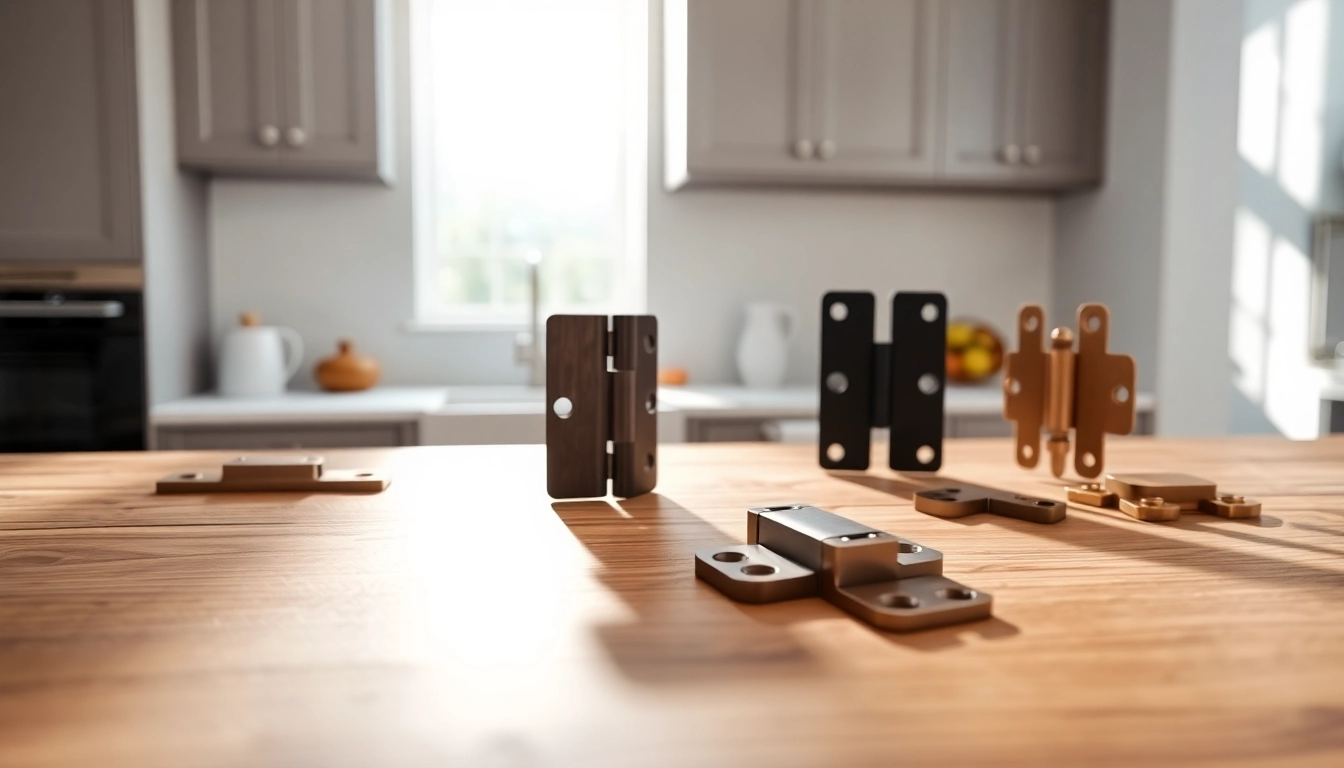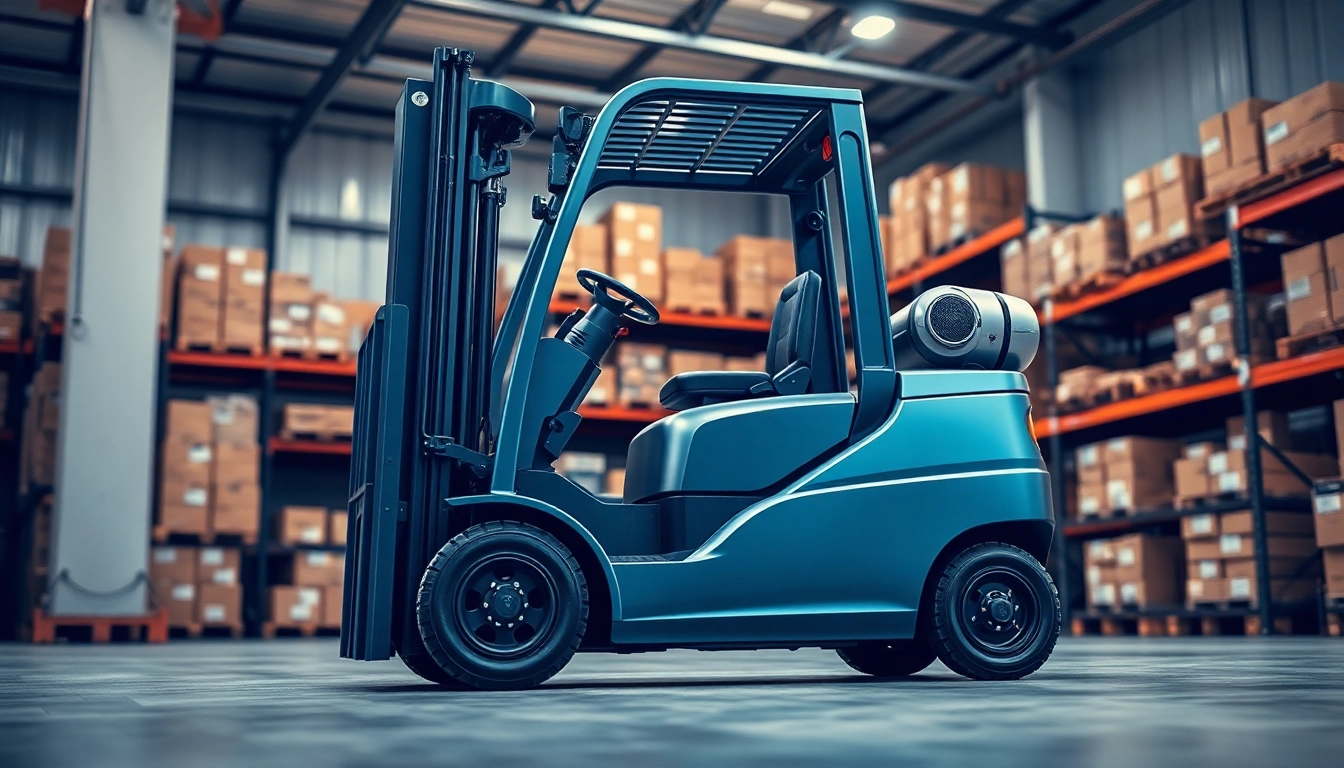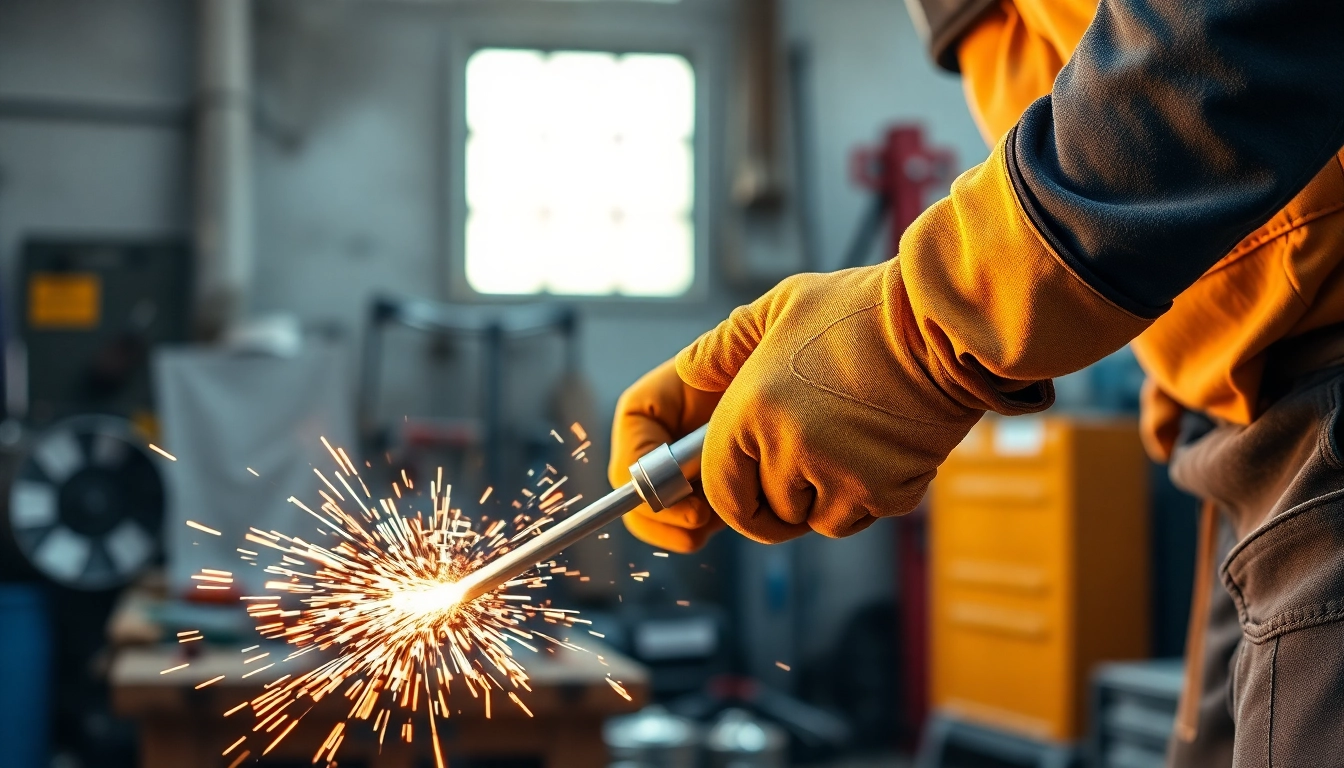Reliable LCBO Delivery in Toronto: Your Go-To Guide for Convenient Alcohol Sourcing

Understanding LCBO Delivery Services in Toronto
What is LCBO and Its Delivery Options?
The Liquor Control Board of Ontario (LCBO) is a government enterprise that oversees the distribution and sale of alcoholic beverages in the Canadian province of Ontario, including Toronto. Established in 1927, the LCBO has grown to become a significant source of alcohol for various occasions, catering not just to individuals but also to businesses and events. In response to changing consumer behaviors and the increasing demand for convenience, the LCBO has implemented various delivery options to enhance accessibility. This includes standard home delivery, same-day delivery, and click-and-collect services, aimed at providing customers with flexibility and comfort when purchasing alcohol.
Benefits of Using LCBO Delivery in Toronto
Utilizing lcbo delivery Toronto offers several advantages for both everyday consumers and special event planners:
- Convenience: Ordering alcohol online saves time and effort, especially for busy individuals or those planning events.
- Wide Selection: The LCBO boasts a vast inventory, ranging from local craft beers to international wines, ensuring that customers have choices suitable for any palate or occasion.
- Reputable Quality: As a government-regulated body, LCBO guarantees the authenticity and quality of the products available for delivery.
- Flexibility: Customers can choose between various delivery options, such as scheduling deliveries or opting for in-store pick-up, aligning with their personal convenience.
- Special Promotions: Online orders may provide exclusive access to deals or promotions not available in physical stores, allowing customers to save on their purchases.
How to Order Alcohol Online Through LCBO
Ordering alcohol through the LCBO’s digital platform is a straightforward process. Here’s how you can do it:
- Create an Account: Visit the LCBO website and sign up for an account by providing your information.
- Browse Products: Use the search bar or navigate through categories to find your desired products.
- Add to Cart: Once you have chosen an item, click on the product and select the quantity before adding it to your shopping cart.
- Checkout: When you’re ready, proceed to checkout. Here, you will confirm your delivery address and preferred method of payment.
- Schedule Delivery: Choose your delivery option—same-day or scheduled delivery, depending on your needs.
- Complete Your Order: Review your order details and confirm the transaction.
Comparing LCBO Delivery with Competitors
Who Are LCBO’s Main Competitors?
In Toronto, the LCBO faces competition from various entities, including:
- Local Wine and Beer Stores: Many independent retailers offer unique selections and personalized service.
- Online Retailers: Platforms like Drizly and some regional breweries provide delivery services, often with an emphasis on local offerings.
- Grocery Stores: Several major grocery chains have begun offering alcohol delivery as part of their services, targeting the same convenience-focused demographic.
Advantages of Choosing LCBO Over Other Delivery Services
While competitors may offer similar services, LCBO has several competitive advantages:
- Regulation Compliance: As a government-operated entity, the LCBO is required to follow stringent quality control measures, ensuring the safety and quality of its products.
- Diverse Inventory: LCBO’s range is unmatched, providing consumers access to exclusive products that may not be available elsewhere.
- Community Support: Purchases from LCBO contribute to local communities through government initiatives and programs, providing an added social value.
Customer Experiences: LCBO vs. Competitors
Customer feedback often highlights several distinctions between LCBO and its competitors. Many LCBO customers appreciate the professionalism and reliability of its delivery services, including timely deliveries and well-packaged products. Additionally, customers often laud LCBO staff for their product knowledge and customer service. In contrast, some competing delivery services have received criticism for delayed deliveries or product availability issues. Overall, the reliability of LCBO tends to create a loyal customer base in Toronto.
Navigating the Ordering Process Effectively
Step-by-Step Guide to Placing Your Order
To streamline your online ordering experience with LCBO, following these steps will help:
- Visit the official LCBO website.
- Create or log into your account.
- Search for the products you wish to purchase.
- Add items to your shopping cart.
- Proceed to checkout, ensuring your delivery information is accurate.
- Select a delivery option that best suits your needs.
- Complete your purchase, and keep an eye on your email for confirmation and tracking information.
Key Tips for First-Time Users of LCBO Delivery
For first-time users, here are some helpful tips:
- Check Product Availability: Always confirm if your desired products are in stock for delivery or pickup.
- Set Up Your Preferences: If you believe you’ll be a regular user, set your preferences for delivery times and locations.
- Explore Promotions: Look for ongoing promotions or discounts that can save you money on your order.
- Understand Age Verification: Be prepared to show identification upon delivery to comply with legal regulations.
Understanding Delivery Fees and Timeframes
Delivery fees can vary based on the order size and delivery method chosen. Typically, LCBO provides several pricing tiers, and for orders over a certain amount, fees may be waived. Standard delivery usually takes 2-5 days, while same-day delivery services, when available, can deliver within hours of placing your order—ideal for last-minute decisions.
Maximizing Your LCBO Delivery Experience
Best Practices for Selecting Your Products
To ensure a rewarding shopping experience, consider these best practices when selecting products:
- Read Reviews: Customer reviews on the LCBO website can give you insight into popular products and their quality.
- Try Local Options: Explore local breweries and wineries to support Ontario producers while also discovering unique beverages.
- Pair Products with Foods: If you’re planning a meal or event, consider selecting drinks that pair well with your menu for a complete experience.
How to Schedule Flexible Delivery Times
LCBO’s platform allows customers to schedule deliveries conveniently. During the checkout process, you can choose from available time slots based on your preferences. If flexibility is essential, consider ordering during off-peak hours, which typically results in quicker processing and delivery times.
Top 5 Popular Items to Order with LCBO Delivery
Here are five highly recommended items that many Torontonians enjoy ordering through LCBO:
- Ontario Craft Beer: With a robust craft beer movement in Ontario, it’s worth trying local products.
- International Wines: LCBO offers a curated selection of wines from renowned regions worldwide.
- Signature Cocktails: Pre-mixed cocktails are gaining popularity for their convenience. Look for unique blends from reputable brands.
- Spirits: Popular categories like rum, vodka, and gin have a diverse range to choose from, catering to various tastes.
- Special Reserve Products: For aficionados, limited-edition or reserve liquors make for excited discoveries.
Staying Updated on LCBO Delivery Innovations
Recent Enhancements in LCBO’s Delivery Services
LCBO continuously strives to enhance its delivery services by incorporating customer feedback and technological advancements. Recent updates include improved order tracking features, allowing customers to receive real-time updates about their delivery status, and more user-friendly mobile applications for easy browsing and ordering.
Future Trends in Alcohol Delivery in Toronto
As consumer preferences evolve, the alcohol delivery market in Toronto is expected to experience substantial changes. With the growth of on-demand services and a continued push for convenience, companies are advancing towards innovative delivery methods, including drone deliveries and automated fulfillment centers. Sustainability practices are also likely to increase, with eco-friendly packaging and carbon-neutral delivery options becoming standard in the industry.
How Technology is Shaping LCBO Delivery Experiences
Technology plays a pivotal role in enhancing the overall delivery experience. The LCBO is adopting advanced AI algorithms to better predict inventory needs and personalize customer recommendations. Furthermore, integration with locations and mapping software allows for optimized delivery routes, shortening wait times and increasing efficiency. Through such innovations, LCBO is enhancing customer satisfaction and ensuring reliable service in a competitive market.








